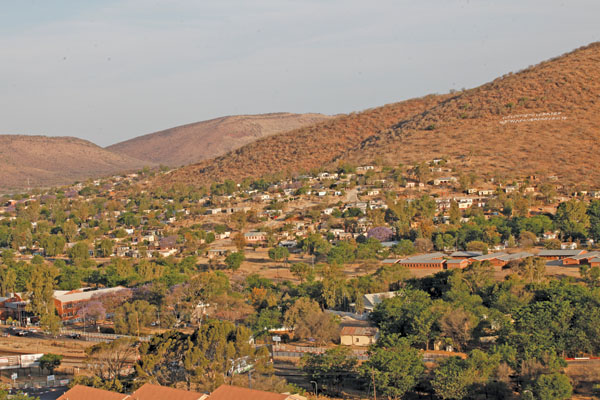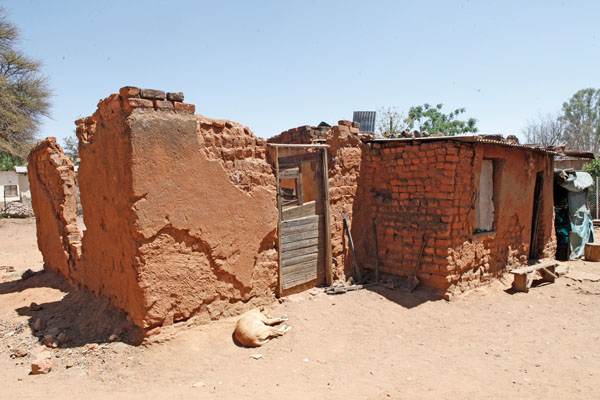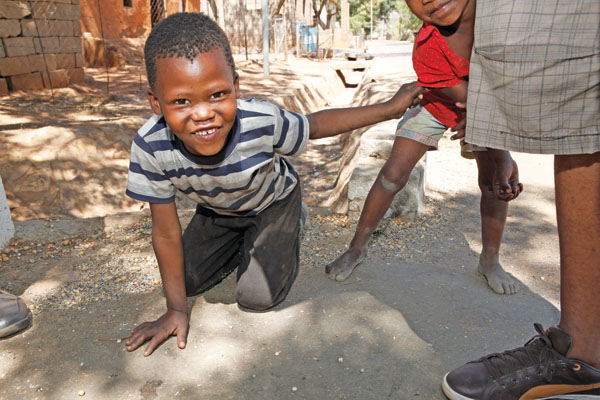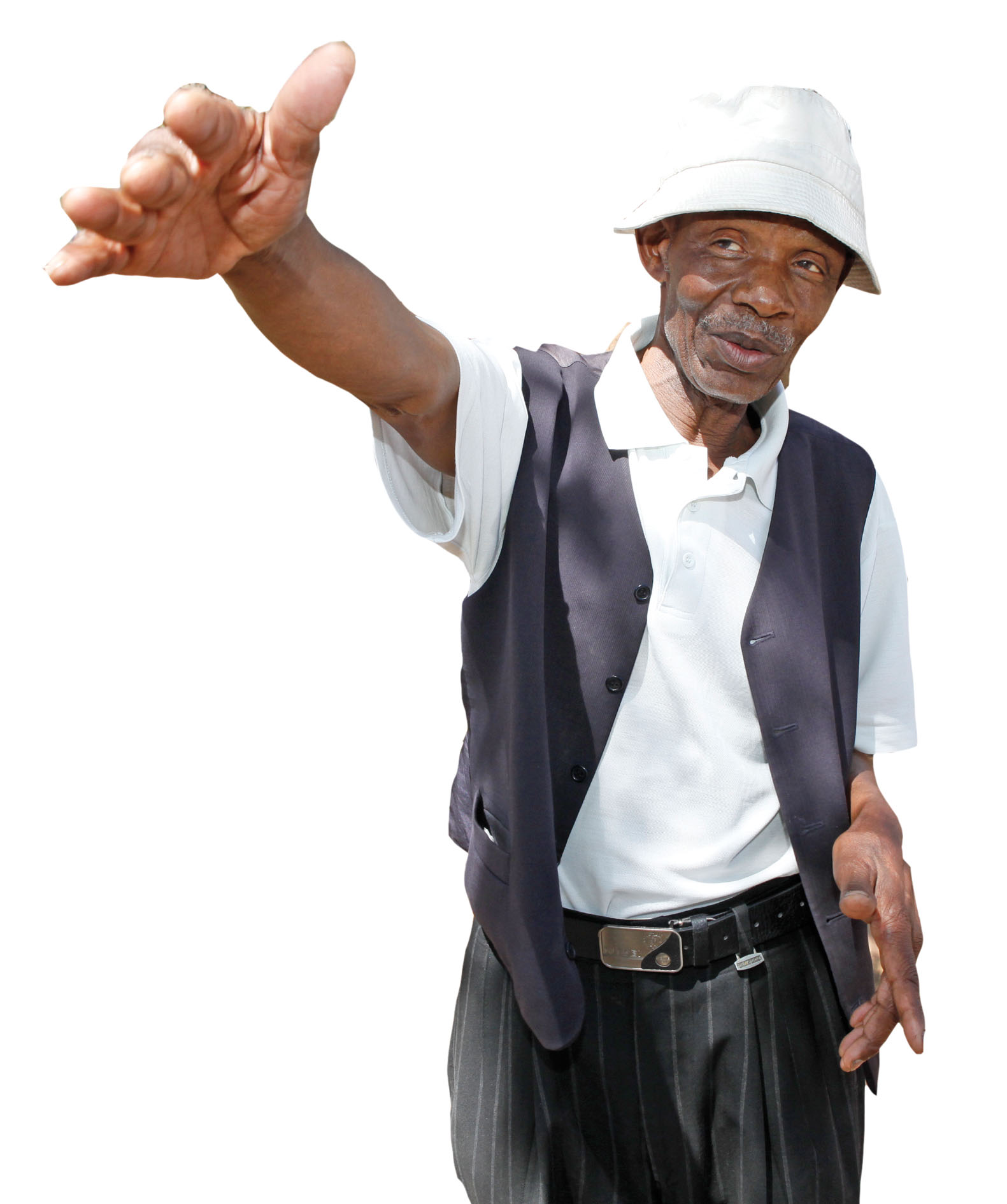Peleng: The pinnacle of Lobatse
Source : Kutlwano
Author : Baleseng Batlotleng
Location : Lobatse
Event : Interview
If you have been to Lobatse and never visited Peleng, it is as good as never having been to Lobatse at all. Peleng has been described by some as the pinnacle of the old town, which is probably the oldest administration centre of present day Botswana.
Best viewed from the direction of the Pioneer border gate as one enters Lobatse, one gets a scintillating feel of a true kasi community. As once described by a certain historian, nothing in Lobatse or indeed in the entire country compares with Peleng.
Peleng or ko kasi in the local lingua franca is a township of many contrasts. Just across the road, at the high income Thema location, are luxurious mansions. A few metres away, tin shackles and mud huts climb up a giant hill making it look more unique and real.
An hour`s walk around the place clearly gives one an idea of what a nightmare the place poses to neighbouring upmarket suburbs or ko ma-raeseng as the residents prefer to call it. Having grown up in a similar high density location, I felt like I was part of the buzzing culture that makes this community so special to its own people.
First, I was met by the friendliness and cheerfulness of these people and that immediately put to an end the stigma that is normally associated with this place, that Peleng is a place of Botsotsi. But indeed the sepantsola or streetwise legacy still lingers on.
At the main kgotla, Peleng Kgosi, Mpaesele Itireleng, gives us insights into what to expect here. Clad in perky black Crockett and Jones shoes, a size or two too small pair of Brentwood trousers, Kgosi Itireleng gives a brief history.
“Makgotla a Setswana mo Lobatse a mararo, ke Peleng, Motswedi le Woodhall. Kgotla e ya Peleng ke yone the first and oldest customary court mo Botswana. The urban administration is rumoured to have strated here ka bo 1930, fa toropo yone ya Lobatse e nnile teng gotsweng ka bo 1897 e le a half-way stop for traders from South Africa to Rhodesia. Peleng was named after the rock rabbit or pela ka Setswana, e reelelwa ke Kgosi Bathoen II ka a ne a lemogile fa leina la Lobatsi African Location ekare ga lena bokao jo bo kalo,” explains Kgosi Itireleng.
Seventy-three-year old Mosimanegape Rex Rabanna, popularly known during his heydays as Rrankanasi, speaks with no limb of shame of how he and his peers popularised the sepantsola sub-culture in Peleng. As a young man full of energy, Rrankanasi and his peers coalesced into small gangs to create a world of their own with their own rules, style and status.
Drawing from powerful street gangs in South Africa, where he worked in the mines, lebandla la ga Rrankanasi provided him with companionship, a sense of security and dignity.
“..tota re ne re sa nna jaaka batho ba akanya gompieno ka Peleng. Mme hela fa o ne o tla mo Peleng o re fitlhela re innetse a bo o re talela, thipa e ne e lela re sa go feleletse re go kgalema hela,” adds Rabanna. He vividly remembers his childhood friends who had an array of strange names that were not known even by their own parents such as Cassanova, Kathina and Molomowatau, amongst others.
Premier League giants, Extension Gunners, were born in Peleng and nicknamed Mapantsola, to probably reflect this kasi sub-culture. Tshegofatso Setumo, who serves at the kgotla as mothusa Kgosi, also had her time as a young girl growing up here. She took us to a small track that she used then when running errands for her grandparents, such as being sent to make purchases at Ga-Mmasabera shops.
“Batsadi bame ba ne ba tswa ko Lefurutshe ko Aferika Borwa mme ka tla ka golela gone fa ke itse fa Peleng e le makgatlhanna thapong. There are two historical events grounded in Peleng. In fact, the place is known for its hospitality in hosting political leaders who were on exile.
Just a few metres from the main kgotla is the Kgaboesele homestead, which is famed for accommodating the late Mozambican President, Samora Machel, during the wars of independence.
A five minutes` drive to the east takes you to the home of another human rights activist, Fish Keitseng, who used his home, plot 03290 to house amongst others, the Umkhonto we Sizwe freedom fighters and South Africa`s first democratically elected President, Nelson Mandela.
Amongst notable personalities who were born and bred in Peleng, are former Extension Gunners coach, Daniel Chicco Nare, former Botswana National Sports Council executive secretary, Kitso Kemoeng, chief curator of the National Museum and Art Gallery, Phillip Segadika, deputy permanent secretary in the Ministry of Health, Shenaaz El Halabi and Reverend Augustine Seane, amongst others. Ends
















